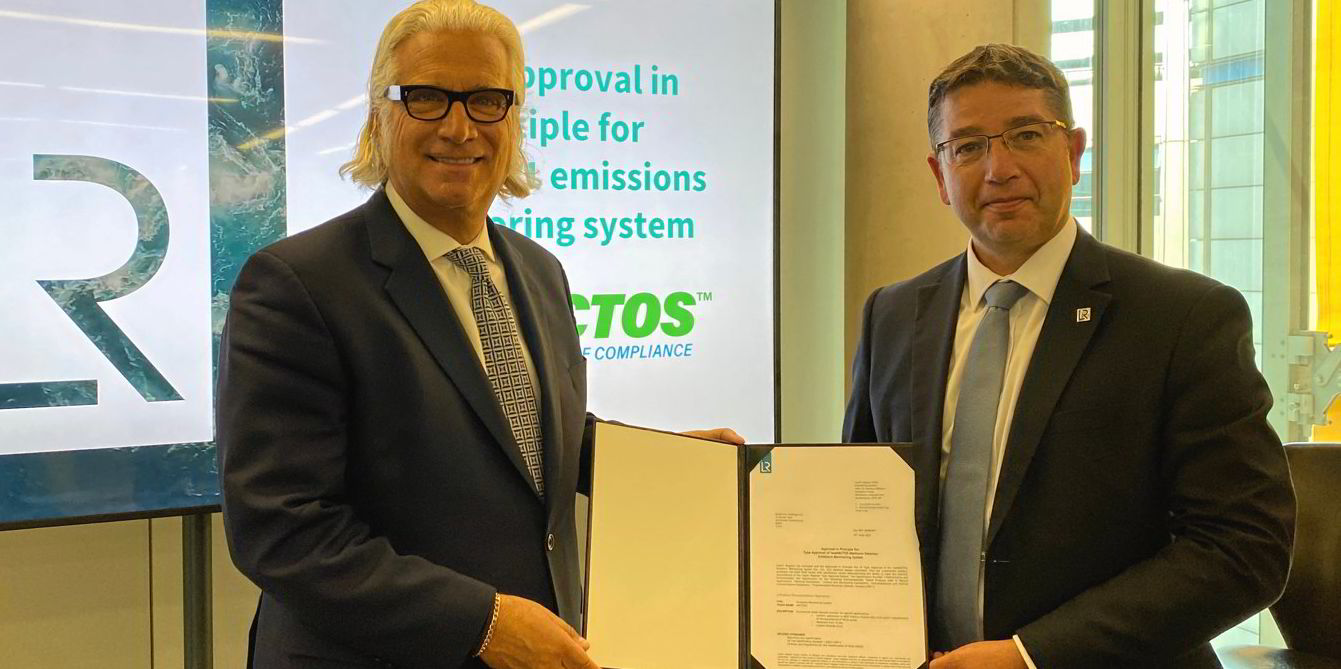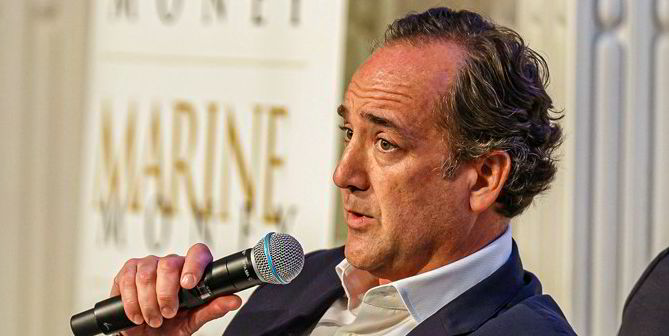When Peter Georgiopoulos started in shipping, the absence of technological scrutiny of the seas meant a charterer with an eye for a profit could make an unscheduled detour without raising alarm bells.
It happened to the serial entrepreneur in his first job fresh out of university working for a Greek shipowner, when he unsuccessfully demanded more money from a charterer who wanted to alter a voyage for an unplanned discharge.
“He just stopped the ship right there, made the extra money for a shorter voyage, and some, and no one was any the wiser,” said Georgiopoulos. “Today you couldn’t get away with those things.”
More than three decades and a string of public shipowning companies later, Georgiopoulos is helping to fill the information gap as the industry faces unprecedented scrutiny and vessels face detailed analysis of their emissions.
New regulations including the European Union Emissions Trading System and the International Maritime Organization’s Carbon Intensity Indicator require the accurate measurement of harmful emissions.
The private sector has responded with a number of new systems now on the market to measure emissions.
Georgiopoulos is backing one of the companies, SeaArctos, which has developed a shoebox-size device strapped to the vessel’s exhaust stack to measure real-time CO2, methane and sulphur dioxide levels. It has just received classification society Lloyd’s Register approval after 20,000 hours of testing at sea.
Nick Brown, chief executive of Lloyd’s Register, said: “Most of these schemes work on how much fuel has been used by the vessel, not what emissions are coming out.
“So having something that really does instantaneously, without any opportunity for human error, give you a live feed of exactly what is coming out of the funnel is much more appropriate…”
Automating a system that currently relies on significant human input will become necessary as manufacturers increasingly report their Scope 3 emissions — those that they do not control but that are part of a process to bring goods to market.
Real-time emissions monitoring would be needed to assess complex trades such as a single tanker with multiple charters for different ports of discharge, said Andy McKeran, chief commercial officer of Lloyd’s Register.
The Arctos-1 project was sparked by discussions between Georgiopoulos and the US Coast Guard about the timing of the switch to lower-sulphur fuels before vessels enter emission control areas.
Regulators were concerned that switching too late from high to low-sulphur fuels would violate the Marpol pollution convention. Switching too early costs more for the shipowners.
“They [crews] are doing it way in advance [of] when they need to,” said Georgiopoulos. “And so they feel that they’re wasting a lot of money and time. And so they [owners] want to be able to do it closer to where it is more efficient.”
He said tug companies have also suggested that the device would be useful to gauge fuel use under different captains, a practice already used by aviation and road transport operators.
“I’m all for transparency,” said Georgiopoulos. “I think it’s for the benefit of all of us.”




